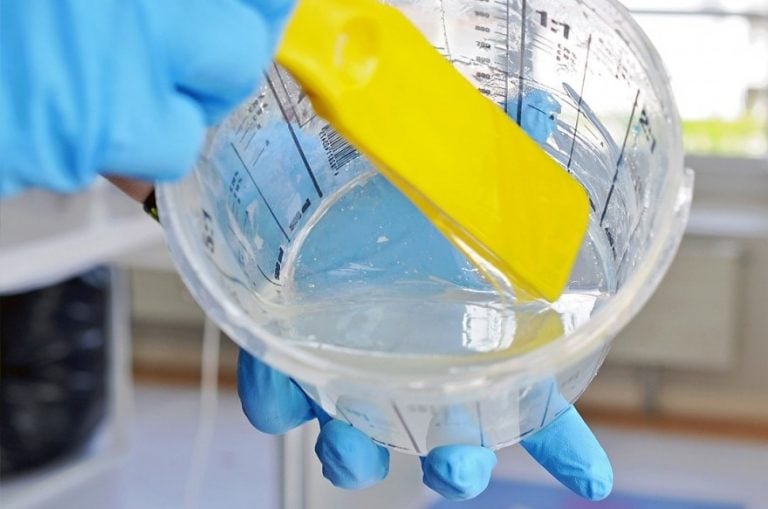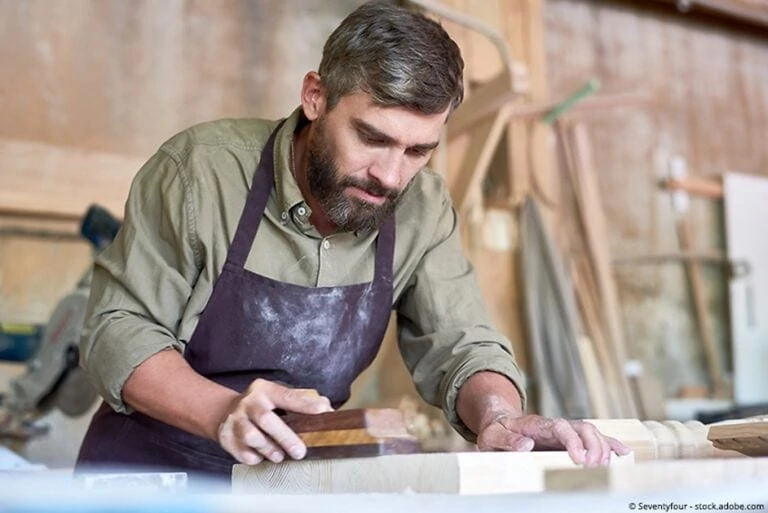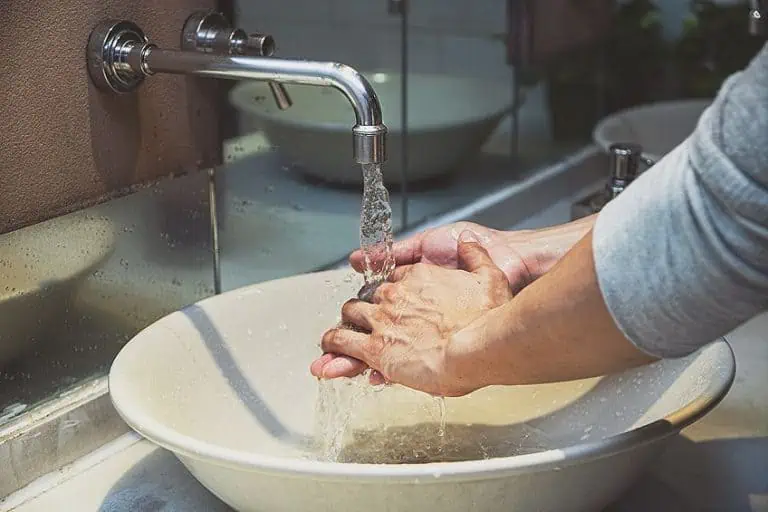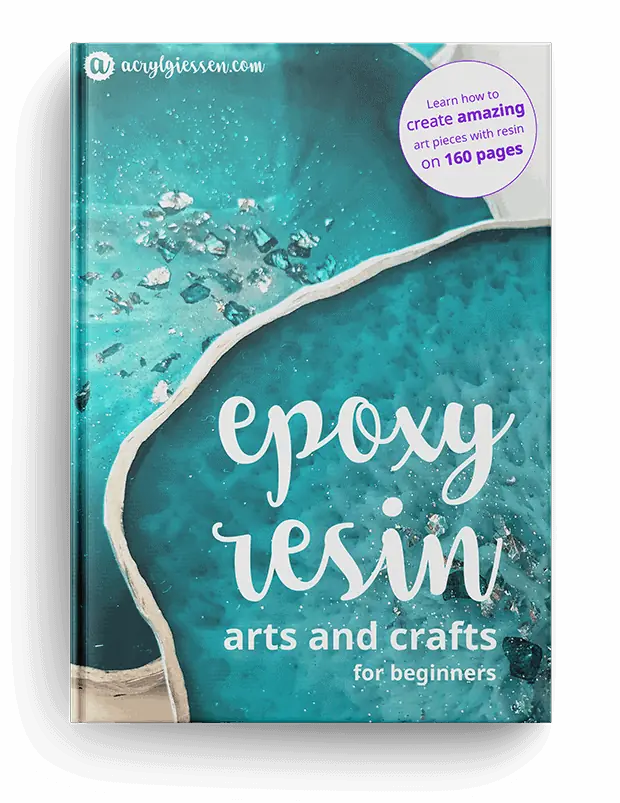What does Epoxy not stick to? – Various Materials introduced
This post may contain affiliate links. We may earn a small commission from purchases made through them, at no additional cost to you.
While using epoxy in any of your projects, it is necessary to comprehend which materials it sticks to and to which it doesn’t. In this article, we outlined the Pros and Cons of popular materials. You will also find out which materials are suitable for your resin projects.
Table of Contents
What Material does Epoxy Resin not stick to?
- Silicone or Vinyl or Rubber
- Sheathing Tape
- Parchment Paper or Wax Paper
- Polyethylene Plastics
- Plastic Bags
- Plastic Containers
- Silicone Sealant Caulk
- Hot glue
This list undoubtedly doesn’t include all the materials that don’t stick to epoxy. However, it is a good list to satisfy your needs for your projects. Every material has a few factors that may directly or indirectly affect how the epoxy cures. It is therefore important to acknowledge these factors and we will give you the insights.
Silicone Molds / Silicone Rubber
Silicone molds are usually prominent among artists that prepare small objects like jewelry, coasters, and other differently shaped items.
Pros
With Silicone molds, you can make as many shapes as you want. You can make your own silicone molds effortlessly. Additionally, they are cost-effective and heat resistant. You will especially love using the molds to create perfectly shaped items; they are super-efficient for smaller pours. The best thing is that you need very little fixing after the cure.
Cons
You don’t have a lot of choices. You seldom find silicone molds for large objects like desks or tables. Do your homework and refer to several reviews before purchasing that one shiny mold. Generally, molds are preferred for baking or as ice trays. They don’t possess the required glossiness for the easy removal of epoxy. You can still purchase it but remember it might only be for one-time use.
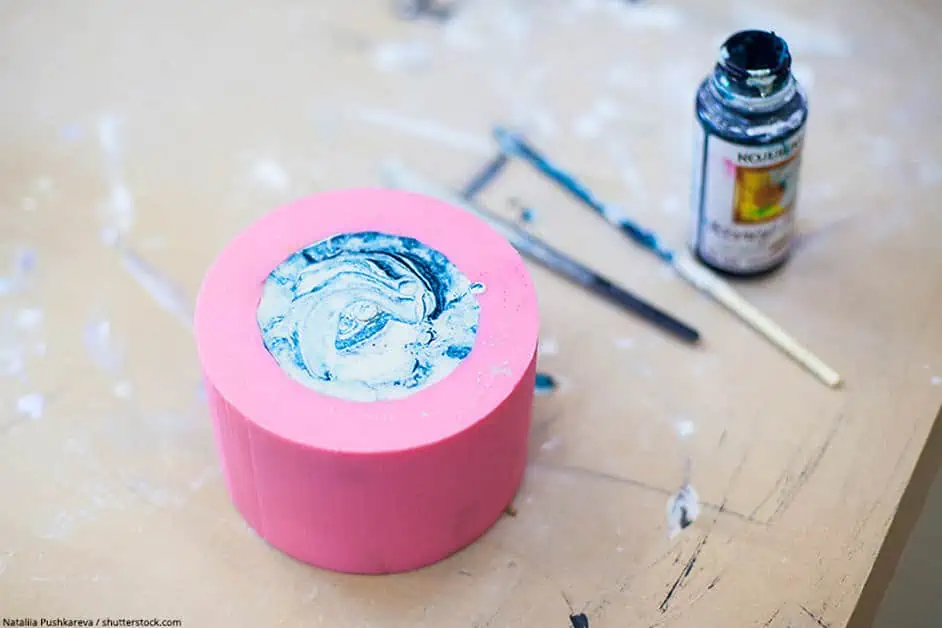
Sheathing Tape
Pros
Sheathing tape is versatile and comparatively cheaper. You can comfortably work on large objects. You will get that desired shine and additionally, you can produce items of different shapes and sizes seamlessly. If it is properly made, you will be able to use it more than once.
Cons
Having all the seams showing hints at that it is a non-perfect piece. It is totally fine; you should just sand and buff it later. You need to acknowledge the fact that the material is as flat as the surface. Usually, bigger molds will take more time to make the form.

Parchment Paper or Wax Paper
Pros
The process is smooth and more importantly affordable. It can efficiently cover under a live edge pour. It can also make molds for small tables effortlessly.
Cons
It is comparatively cheap but has some drawbacks. It is not as clear and effective as other processes especially when epoxy comes off. Wax sometimes seeps into it which turns it slightly foggy. The wax paper is not firm in its position; it might move during the curing time.
Polyethylene Plastics
Pros
The supreme quality polyethylene plastics are reusable and firm. You can productively use it for making table molds and other related items. This high-end variant is used by a lot of professionals in making River Tables. You will get the desired sizes and sturdiness for your project. Just to remind you, it is also used in chopping boards and other objects.
Cons
Firstly, it is a comparatively costly variant. It might take some time to understand what density or sizes you require and to bring everything together.

Does Epoxy stick to Plastic?
Plastic cups, bowls and Tupperware and other plastic items are perfect, as they do not stick to epoxy.
Pros
Plastic containers are affordable, simple, and available in the house. This works effectively for woodturning with a large bowl. Additionally, it goes well for different shapes and paperweights. Depending on your needs, consider yourself lucky if you find the perfect item.
Cons
Not in the slightest degree ready to customize. You sort of simply “get what you get” and no more. No huge pieces or tables produced with this.
Hot Glue
Pros
Hot glue is usually preferred to seal cracks and to make molds. It can also forestall the overflow on top of the river tables while pouring.
Cons
Hot glue cannot be used on its own. It complements other materials to produce a good result. It might be complicated to pull from rough wood and can leave some imprints.
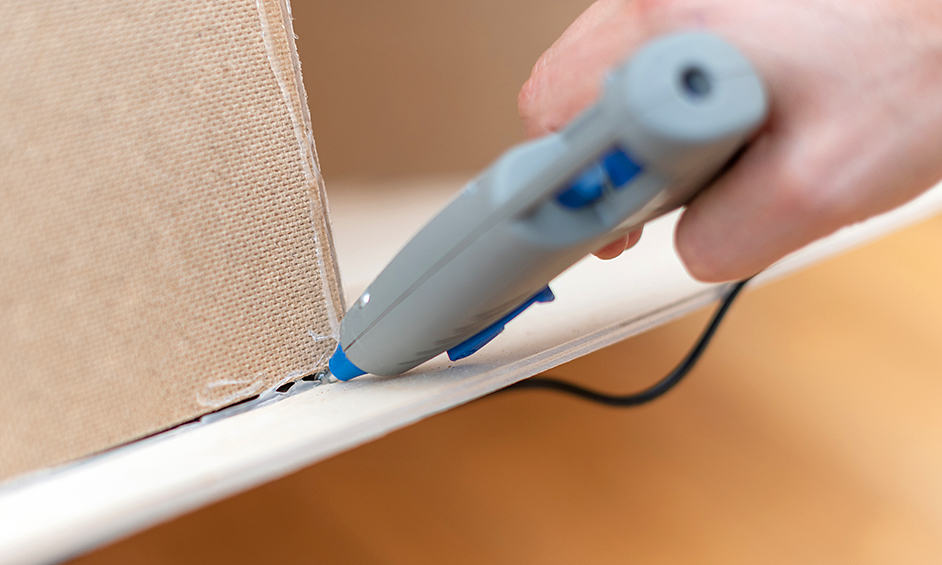
What to use for covering Tabletops and Work Surfaces
The most basic fix is to cover your work surface with 3 mil or heavier plastic sheeting. It’s affordable and tear-safe, can be taped to the work surface and cured epoxy will strip off it. Other significantly less expensive alternatives include cutting open a garbage bag or plastic stockpiling sack. In any case, plastic sheeting can dissolve if a cup of blended epoxy sits on it and overheats. A decent choice is to utilize a waxed Melamine board accessible from Home Depot, Lowes, and Costco. Applying 2 – 3 layers of good car wax with carnauba in it makes a truly great non-stick surface, that has the upside of being firm for all the more demanding work or bracing tasks where the plastic may disrupt the general flow. Guidelines can be marked on it precisely to avoid dealing with movement.
Overview
You need to assess every item separately. There are different application methods for different variants. The abovementioned list is a decent starting point, yet look at different articles on precise sorts of molds or how to make specific pieces.
Frequently Asked Questions
What is the probability that Epoxy might stick to already cured Epoxy?
The prerequisite for creating a chemical bond between epoxy and cured epoxy is to sand it down first. There is still a probability that it might stick to other epoxies. However, it is not durable enough to withstand a strongly built project.
To create a succesfull epoxy project, all you need to do is take a sander and run over it with 180 grit paper. Make sure you clean it thoroughly to enable the formation of a chemical bond.
In 2005, Charlene completed her wellness degrees in therapeutic aromatherapy and reflexology at the International School of Reflexology and Meridian Therapy. She worked for a company offering corporate wellness programs for several years before opening her own therapy practice. In 2015, she was asked by a digital marketer friend to join her company as a content creator, and it was here that she discovered her enthusiasm for writing. Since entering the world of content creation, she has gained a lot of experience over the years writing about various topics such as beauty, health, wellness, travel, crafting, and much more. Due to various circumstances, she had to give up her therapy practice and now works as a freelance writer. Since she is a very creative person and as a balance to writing likes to be active in various areas of art and crafts, the activity at acrylgiessen.com is perfect for her to contribute their knowledge and experience in various creative topics.
Learn more about Charlene Lewis and about us.



